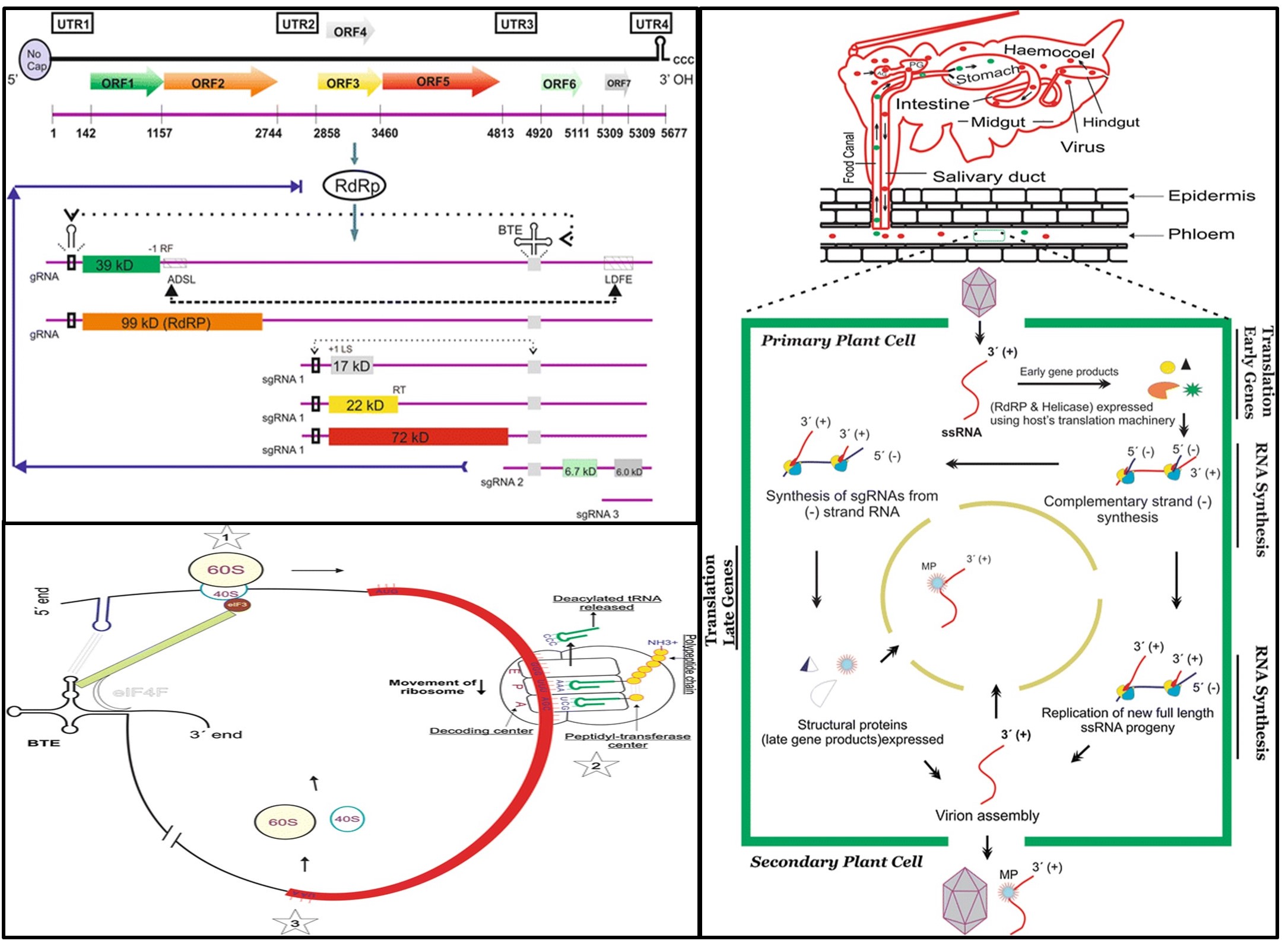PLANT BIOTECHNOLOGY
Area of research: Biotechnology, Genetic Engineering, Agriculture
School's Research Theme: Plant Biotechnology, Plant Genetic Engineering, Plant Microbiology, Plant Breeding, Plant Pathology, Botany, Plant Virology
SDGs covered: SDG 1: No Poverty; SDG 2: Zero Hunger; SDG 3: Good Health and Well-being
Group Lead: Dr. Muhammad Ali (Email: [email protected])
Faculty Members:
Dr. Muhammad Ali, Dr. Muhammad Irfan Fareed, Mr. Aqib Nazar

Description: Novel crop varieties play vital roles in agriculture production, which are definitely up to the exploration and application of some key germplasm resources. Up to date, crop germplasm and variety have been mainly developed by conventional strategies, which are always time-consuming. Using the aforementioned techniques, the period for breeding new crop varieties and germplasms can be greatly shortened. Therefore, we are focusing on plant biotechnology for collectively reporting the achievements on the applications of fast plant biotechnology technologies in genetic improvement and functional genomics study in various plants.
National Collaborators: Government College University, Lahore, University of Okara; University of Agriculture Fasialabd; University of Lahore; Minhaj University, Lahore.
International Collaborators: McGill University, Canada; Mohammed VI Polytechnic University (UM6P), Morocco; Sungkyunkwan University, Korea; University of Science & Technology, China; University of Padua, Italy.
Relevant Publications:
1. U Mithal, WA Metlo, A Javaid, M Yasin, MI Fareed. The Role of Pesticides in Fruit Fly Management, Balancing Efficacy and Environmental Concerns. (2025). Annual Methodological Archive Research Review, 3(6), 418-428.
2. Wasiq Ikram, Ansa Rebi, Muhammad Irfan Fareed, Mehwish Sattar, Guan Wang, Abdul Qadeer Wahla, Jinxing Zhou, Effect on biomass production and phosphorus use efficiency of maize by using citric acid amended di-ammonium phosphate fertilizer, Ecological Frontiers, Volume 44, Issue 5, 2024, Pages 909-915.
3. Ali, M.., Asif, N., Pirzada, A.R. et al. Genome wide study of cysteine rich receptor like proteins in Gossypium sp.. Sci Rep 12, 4885 (2022).
4. H. ULLAH, “SauaedaFruticusa is Hyperaccumulator of Chromium and Lead”, JTES, vol. 1, no. 1, pp. 13-17, Oct. 2022.
5. Ali, M., Anwar, S., Shuja, M.N. et al. The genus Luteovirus from infection to disease. Eur J Plant Pathol 151, 841–860 (2018).
6. Ali, M., Hameed, S. & Tahir, M. Luteovirus: insights into pathogenicity. Arch Virol 159, 2853–2860 (2014).